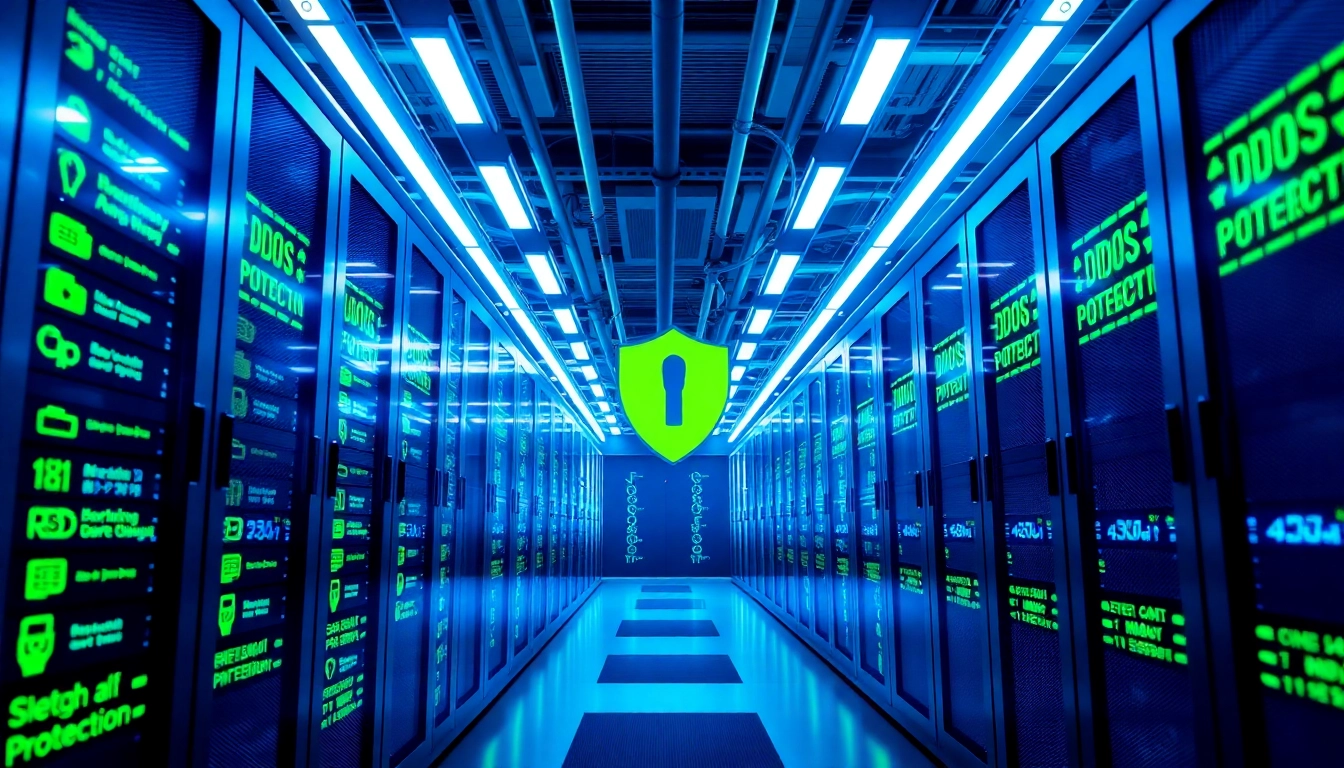Understanding Tron Energy: Foundations and Uses
What is Tron Energy and How Does It Function?
Tron energy is a vital resource within the TRON blockchain ecosystem, functioning as a real-time “fuel” that enables the execution of smart contracts, transactions, and decentralized applications (dApps). Similar to electricity fueling a machine, Tron energy ensures that complex operations on the network proceed smoothly and efficiently. Unlike bandwidth— which primarily supports simple transactions— energy is consumed during more intensive operations such as deploying smart contracts, minting NFTs, or running DeFi protocols. When a user initiates a transaction that requires energy, the network either deducts it directly from their energy quota or, if insufficient, requires the transaction to burn TRX tokens or pay transaction fees.
A key aspect of Tron energy is its dynamic management through both on-chain and off-chain mechanisms. Users can acquire energy through various methods, such as staking TRX, renting from service providers, or directly purchasing it via platforms like tron energy. This flexibility allows users—from individual developers to enterprise-scale projects—to ensure their smart contracts have the necessary computational resources without interruption.
Importance of Tron Energy in Blockchain Operations
Tron energy plays a central role in maintaining the network’s performance and security. As the backbone for executing complex scripts, energy availability directly impacts the scalability and efficiency of decentralized applications. For instance, DeFi protocols depend heavily on sufficient energy to process smart contract transactions swiftly and accurately, leading to faster settlement times and better user experience.
Beyond operational efficiency, Tron energy’s management influences network stability. By incentivizing users to stake or rent energy, Tron effectively discourages malicious activity, since excess or fraudulent operations would require disproportionate energy consumption—costly and detectable. Moreover, the use of energy helps mitigate spam attacks, preserving network integrity.
In real-world applications, platforms like TronLink Wallet officially endorse secure energy management practices, ensuring users can participate confidently and efficiently in a rapidly growing blockchain ecosystem.
Common Challenges in Managing Tron Energy
Despite its importance, managing Tron energy isn’t without challenges. The primary issues include:
- Availability Constraints: Users often face shortages during peak periods or due to insufficient staking/renting, which can delay transactions or increase costs.
- Cost Fluctuations: Dynamic energy pricing, influenced by market supply and demand, can make planning and budgeting difficult for developers and businesses.
- Complex Management: For newcomers, understanding how to efficiently acquire, allocate, and use energy can be daunting, leading to suboptimal utilization.
- Security Risks: Improper handling of energy transactions or reliance on insecure third-party platforms may expose users to fraud, loss of funds, or transaction failures.
Addressing these challenges requires a combination of reliable service providers, comprehensive education, and robust security measures—areas where platforms like CatFee.io excel.
Strategies for Renting and Optimizing Tron Energy
How to Rent Tron Energy Effectively
Renting Tron energy is an efficient way to ensure uninterrupted operation of your blockchain activities without the need to stake substantial TRX tokens or acquire energy through other means. Effective rental strategies include:
- Choosing a Trusted Platform: Select platforms with proven security, transparency, and competitive pricing—such as CatFee.IO. These platforms operate independent TRON nodes, offering high availability and reliable API services.
- Analyzing Pricing Plans: Review flexible billing options—hourly, daily, or monthly—that suit your usage patterns and budget constraints. Look for transparent fee structures and guarantees on refunds for misdirected transactions.
- Evaluating Service Stability: Opt for providers that deploy servers globally with low latency, ensuring performance consistency worldwide. 24/7 technical support is essential for quick resolution of any issues.
- Monitoring Usage: Utilize system dashboards and analytics tools to track energy consumption. Proper monitoring helps optimize rental durations and avoid unnecessary overhead.
Implementing these strategies guarantees cost-effective, stable, and scalable energy management, crucial for both small projects and large enterprise operations.
Comparing Energy Acquisition Methods: Buying, Renting, and Subleasing
Understanding the distinctions among different ways of acquiring Tron energy is vital for strategic planning:
| Method | Description | Pros | Cons |
|---|---|---|---|
| Buying | Direct purchase of TRON energy via exchanges or platforms | Immediate access, control over assets | High upfront costs, less flexibility |
| Rentting | Temporary leasing of energy resource from providers | Lower costs, flexibility, easier to scale | Limited control, dependency on provider stability |
| Subleasing | Earn passive income by leasing out your own energy to others | Potential revenue stream, resource utilization | Requires initial investment, potential security concerns |
Among these, renting via reputable platforms offers an attractive balance of cost savings, flexibility, and operational reliability—ideal for most users seeking seamless energy management.
Tools and Platforms for Seamless Energy Management
Efficiently managing Tron energy involves leveraging specialized tools and platforms designed for the blockchain ecosystem. Leading solutions like CatFee.io offer an integrated suite of resources, including:
- Self-built Node Services: Enterprise-grade TRON nodes delivering high availability and security
- API Integration: Developer-friendly REST APIs supporting multi-language code examples and detailed documentation, allowing for custom automation and bot creation
- Automated Energy Purchase: Rain or shine 24/7 support for instant TRX purchase, with verifiable on-chain transactions and competitive exchange rates
- Subscription and Resource Management: Easy controls for consumption analytics, billing, and flexible resource allocation
By integrating these tools into your workflow, you ensure a streamlined, reliable, and secure energy management experience—reducing manual effort and minimizing errors.
Integrating Tron Energy with Your Blockchain Projects
API Solutions for Energy Automation
API-driven automation is foundational to enhancing your blockchain projects’ efficiency. Platforms like CatFee provide comprehensive APIs that facilitate:
- Instant energy purchases with one-click TRX transactions
- Real-time price updates and notifications via Telegram bots
- Seamless energy subleasing and node management
- Custom bot development with multi-language support and detailed API documentation
Implementing these APIs reduces manual interventions, accelerates deployment cycles, and enhances overall system resilience.
Building Custom Bots and Applications Using Tron Energy
Developers can leverage API tools and resources to create custom Telegram bots, energy management tools, or blockchain automation solutions. For example, with CatFee’s developer-friendly REST API, you can:
- Build a personalized energy bot that enables users to purchase TRX or rent energy directly within Telegram, without writing code
- Automate energy monitoring and alerting based on predefined thresholds
- Integrate energy management features into existing dApps or enterprise systems
Best practices involve adhering to security protocols like signature mechanisms, encryption, and diligent transaction validation to prevent fraud or mismanagement.
Best Practices for Security and Stability
Ensuring security in Tron energy operations is paramount. Recommended best practices include:
- Using official and trusted platforms—such as CatFee.io—that operate independent, secure TRON nodes
- Implementing multi-layer security measures, including signature verification and encryption for all API communications
- Regularly monitoring transaction logs and API responses for anomalies
- Guaranteeing refunds for misdirected transfers to build user trust
- Maintaining up-to-date security patches and best practices recommended by TRON community experts
Following these protocols minimizes risk exposure and guarantees a stable, compliant environment for all blockchain activities.
Cost Analysis and Performance Metrics for Tron Energy
Evaluating Pricing Plans and Flexibility
Cost optimization begins with understanding the various pricing models available. Reputable providers like CatFee offer industry-leading rates with flexible billing options, including:
- Pay-as-you-go/hourly billing for short-term users
- Monthly subscription plans for larger, ongoing needs
- Volume-based discounts for high throughput demands
- Guaranteed refunds and penalty-free terminations
Careful assessment of your energy needs against these options supports optimized spending, improved ROI, and predictable operational costs.
Monitoring Energy Usage and Efficiency
Robust analysis tools are crucial for maintaining high efficiency. Implement dashboards that track:
- Total energy consumption over time
- Per-project or per-contract energy costs
- API response times and stability metrics
- Transaction success and failure rates
Regular benchmarking of these KPIs enables fine-tuning of resource allocation and helps identify opportunities for cost savings or system improvements.
Case Studies: Success Stories of Energy Optimization
Several enterprise projects have demonstrated significant efficiency gains through strategic energy management:
- Decentralized Finance Platforms: Leveraging rental services to reduce operational costs by 30%, ensuring seamless smart contract execution during high-volume periods.
- NFT Marketplaces: Utilizing dedicated energy resources for minting and transactions, resulting in faster processing times and minimized failure rates.
- Gaming dApps: Building scalability with flexible API integrations, maintaining low latency and high reliability in live environments.
These examples underline the importance of choosing reliable partners and adopting best practices for energy optimization.
Future Trends and Innovations in Tron Energy Rental
Emerging Technologies Shaping Tron Energy Market
The Tron ecosystem continues to evolve with innovations such as:
- Decentralized Energy Marketplaces: Peer-to-peer platforms enabling direct energy trading among users
- Integration with Layer-2 Solutions: Off-chain energy management to reduce costs and latency
- AI-Driven Allocation: Utilizing artificial intelligence for dynamic resource allocation based on demand forecasts
- Enhanced Security Protocols: Blockchain-based identity verification, multi-signature transactions, and encryption advancements
These technologies promise increased efficiency, security, and decentralization in the near future.
Predictions for Global Tron Energy Deployment
Experts anticipate a surge in globally distributed Tron energy nodes, driven by enterprise adoption and scaling needs. Key predictions include:
- Expansion into emerging markets with local data centers
- Greater integration with IoT devices and autonomous systems
- Widespread use of custom energy bots for automation within enterprise infrastructures
- Standardization of security and API protocols to foster interoperability
Staying ahead involves investing in scalable, secure, and flexible energy services like CatFee.io, which are designed to meet future demands.
How to Stay Ahead in the Evolving Ecosystem
Key strategies for staying competitive include:
- Continual adoption of innovative API solutions for automation and integration
- Monitoring industry trends and participating in community forums and beta programs
- Partnering with providers that offer highly available, secure, and customizable energy services
- Investing in staff training and technical expertise around blockchain security and resource management
By proactively integrating these approaches, your projects can leverage the full potential of the Tron ecosystem’s evolving energy landscape.



